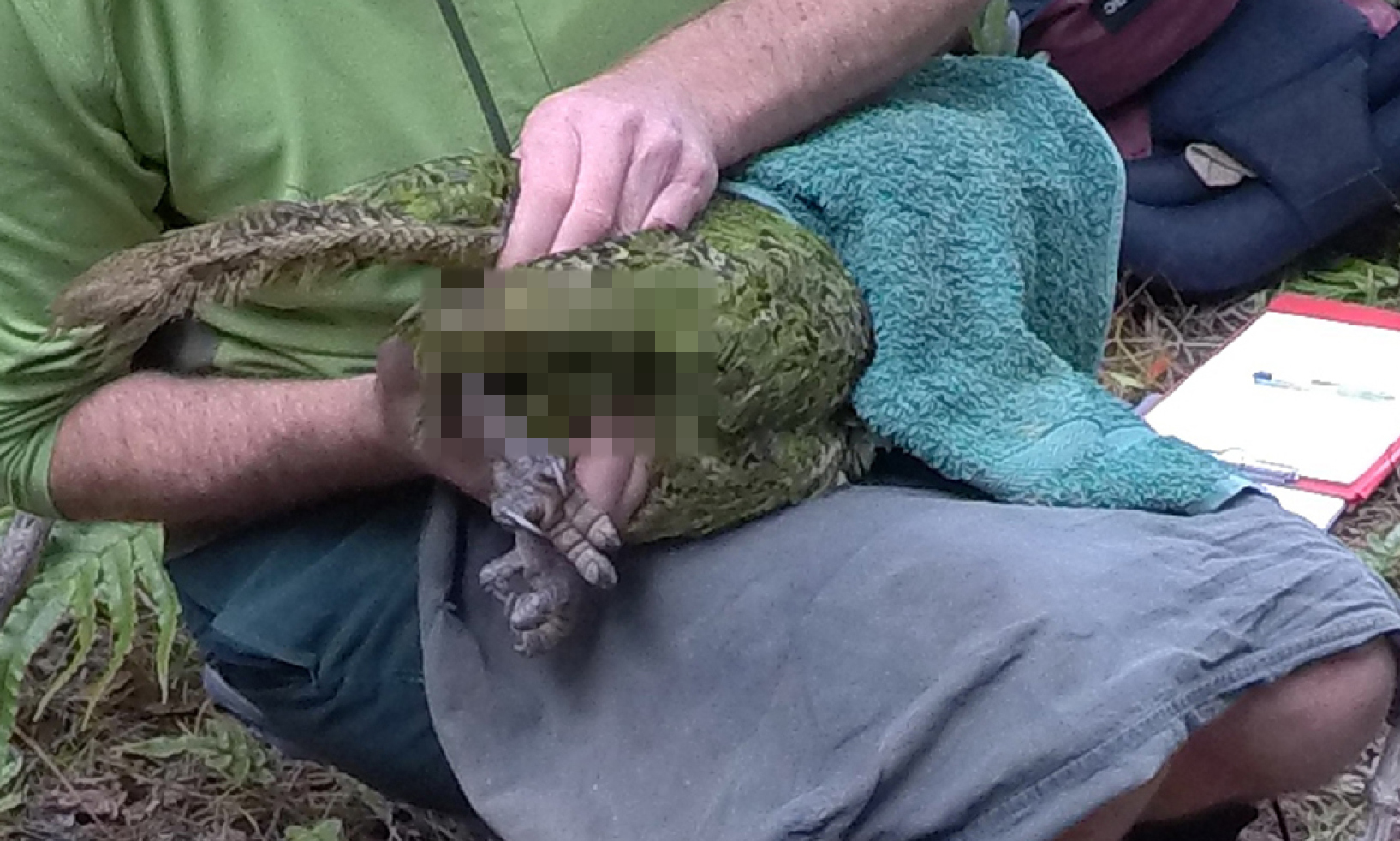Expert Reaction
These comments have been collated by the Science Media Centre to provide a variety of expert perspectives on this issue. Feel free to use these quotes in your stories. Views expressed are the personal opinions of the experts named. They do not represent the views of the SMC or any other organisation unless specifically stated.
Dr Andrew Digby, Science Advisor Kākāpō/Takahē, Department of Conservation; and co-author of this research
Two of the main challenges facing the critically endangered kākāpō are low productivity (only about 40% of eggs hatch) and high levels of genetic inbreeding.
Artificial insemination is an important tool to tackle these issues, since it helps improve fertility and enables preservation of important genetic diversity from individuals which don’t mate naturally.
But artificial insemination is difficult: although the Kākāpō Team and collaborators were first successful in 2009 (a world first for a wild bird species), it has taken another ten years to repeat the feat.
In 2019 the Kākāpō Team and a team of parrot insemination experts from Germany successfully used artificial insemination to improve fertility and to produce four chicks from three females.
These included offspring from two males which had previously not produced, including one with rare and valuable “Fiordland” genes.
Crucially, this work has provided methods to enable artificial insemination to be used to benefit kākāpō conservation into the future.
Following on from further successful attempts in 2022, the Kākāpō Team will be again using artificial insemination in an upcoming breeding season in 2026, to help improve fertility and preserve genetic diversity from founder kākāpō which are poorly represented in the population.



 New Zealand; International
New Zealand; International



